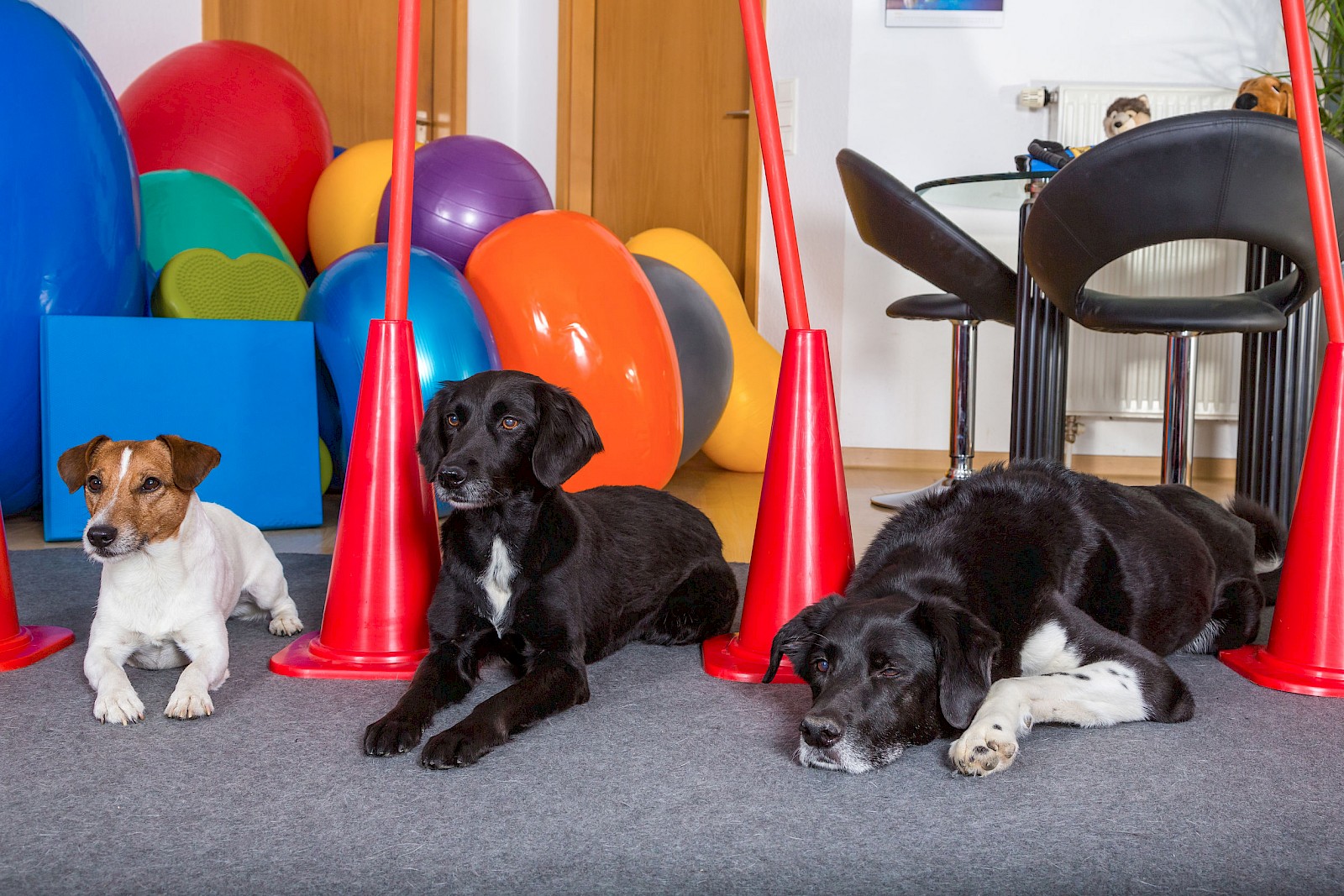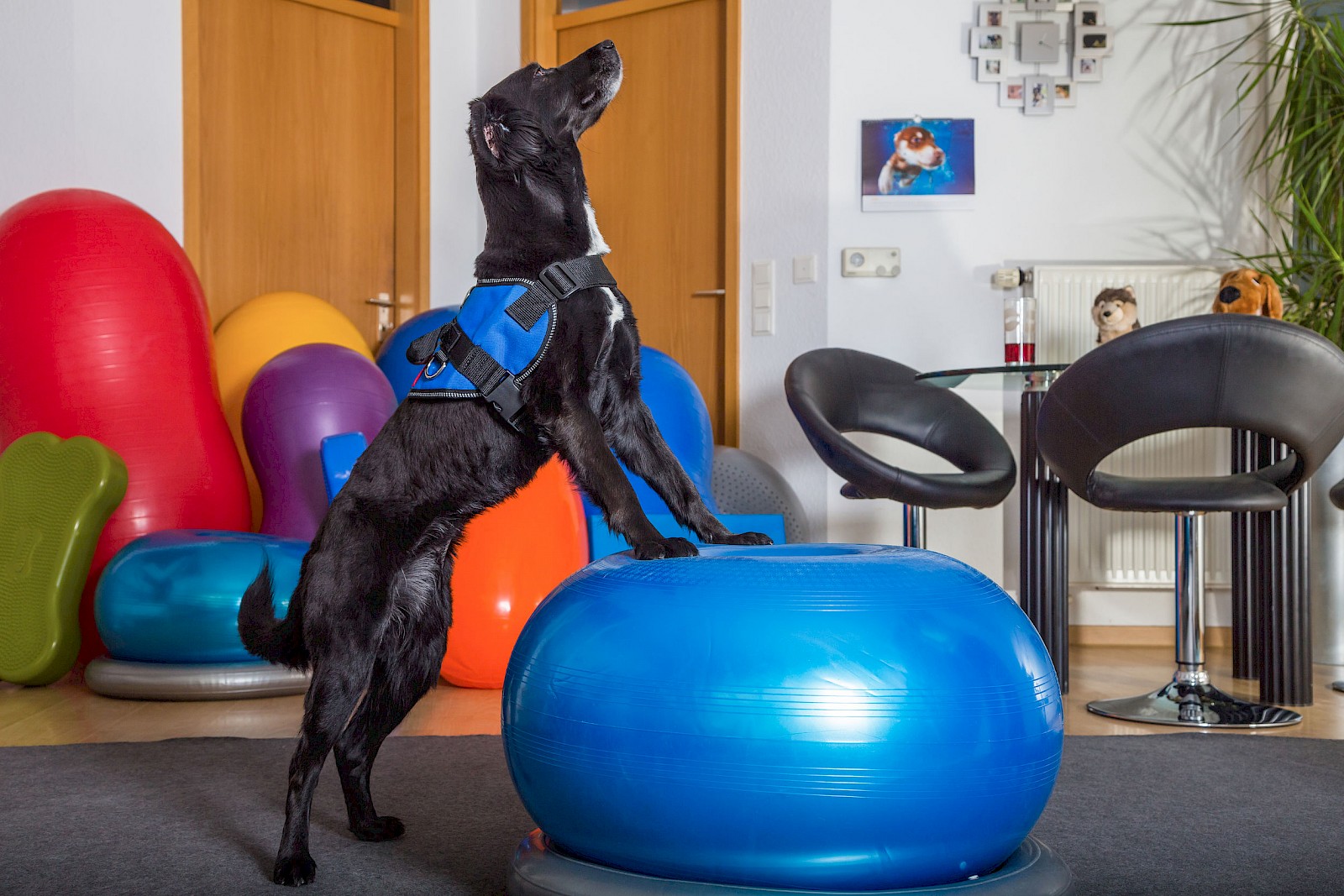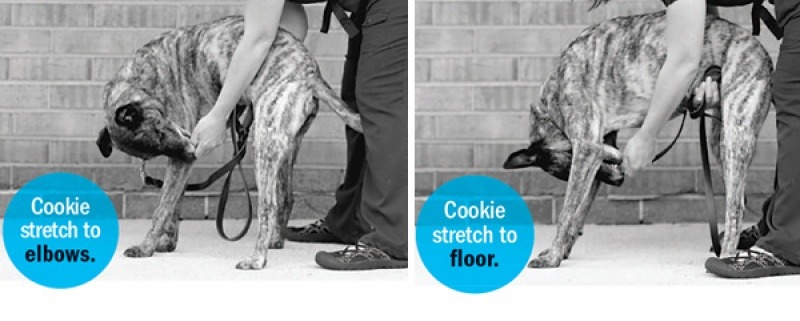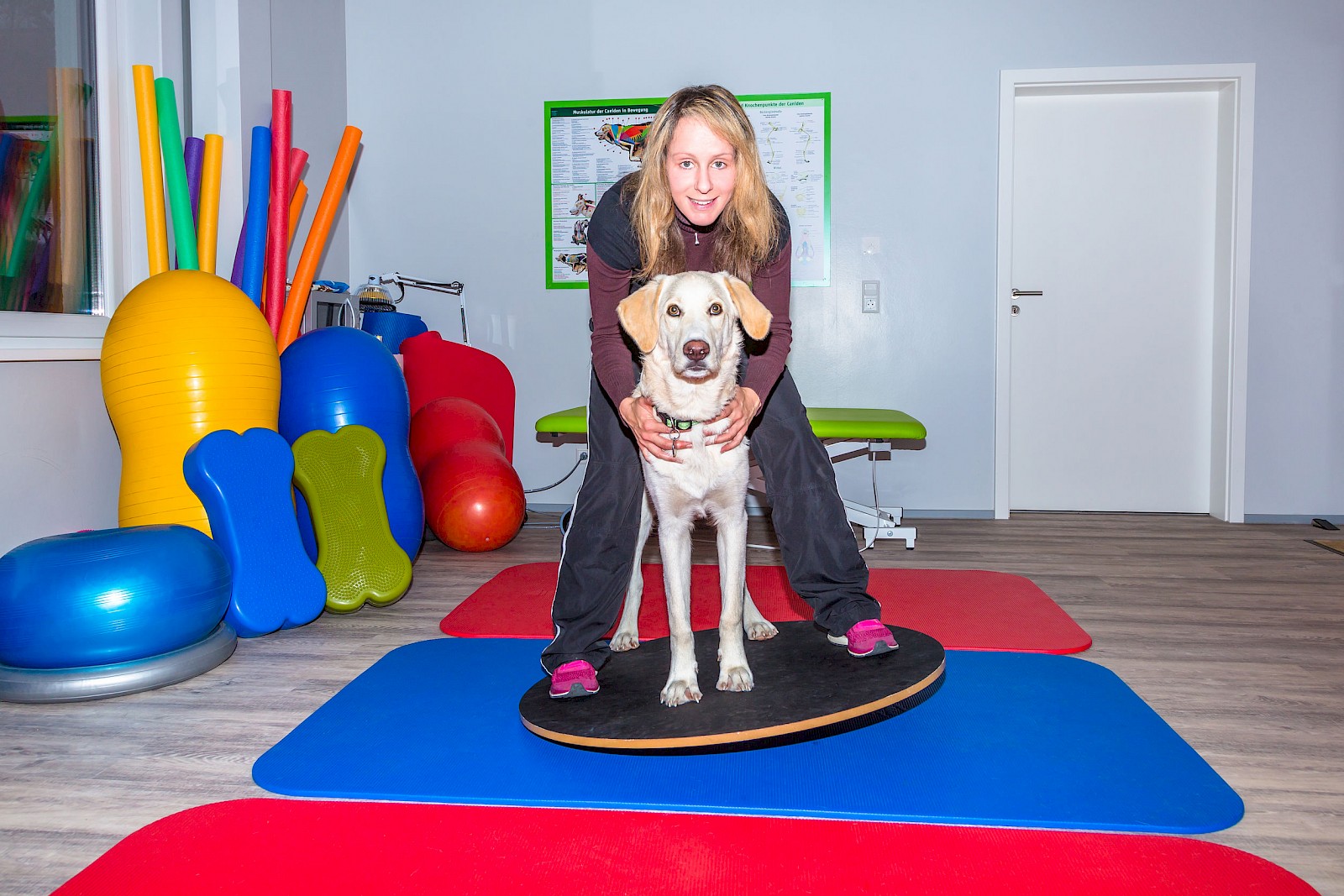
Physical Therapy in Geriatric Dogs
Age is not a disease, but with age come disease. Many changes happen in the body as we age. These changes affect our pet’s ability to move and enjoy life.
Some changes that need to be considered when designing a rehabilitation or physical therapy program are as follows:
- Decreased maximum heart rate, decreased functional lung reserve and decreased ability to produce a stress response.
- Impaired memory, learning and awareness and hearing and vision loss
- Increased hormonal imbalance and decreased immune function
- Skin changes resulting in delayed wound healing and changes in thermal regulation
- Altered sensitivity to pain
- Muscle atrophy and fibrosis, progression of osteoarthritis, increased risk of soft tissue injuries as tendons and ligaments are stiffer, slowing of nerve conduction, loss of water content in joints resulting in loss of range of motion

Here is what we know:
- senior pets will not have the same degree of aerobic endurance, but cardio training is important
- senior dogs need a minimum 5-minute warm up period and frequent rest breaks
- socializing and exercising can be very effective in preserving cognitive function
- age related loss of muscle mass and strength in the absence of disease responds to strength training
- unmanaged pain can cause disability and cognitive decline
- obesity not only adds mechanical stress on the joints, but adipose tissue (fat) promotes the release of inflammatory mediators and can affect all of the body tissues
Recommended management
Frequent comprehensive physical exams including blood work and urinalysis help to detect disease early. It is very important for you to share any changes in behaviour with your veterinarian. These could include a change in body weight (either gains or losses), drinking or urinary habits, an inability to jump up, a loss of appetite or lack of interaction. A full mobility assessment allows us to detect pain, loss of range of motion and flexibility in the muscles and joints. A body condition score and review of nutrition should be included. The time can come where we need to assess your pet’s quality of life. Some parameters we use are pain, appetite, mobility, independence, interaction with others and hydration status.
Therapeutic options:
In an ideal world, there should be a multi modal approach to pain management.
This can include supplements (omega 3 fatty acids, chondroprotectants), pain medication as needed, laser therapy (an excellent tool for decreasing pain and inflammation), acupuncture, spinal therapy, massage and therapeutic exercise. The needs of each patient and their individual ailments as well as owner time and financial abilities are all factors.
Frequent nails trims and trimming the hair between the foot pads, yoga mats, skid resistant socks and the help ‘em up harness are all valuable tools to consider as some dogs need assistance rising, walking and maneuvering in their home environment.
Therapeutic Exercises:
- Passive range of motion therapy (moving each joint through its normal range of motion) assists in comfort and mobility. This can easily be taught for you to do at home with your pet.
- Therapeutic exercises may focus on improving coordination, proprioception (ability to detect where feet are in space) and strengthening of stabilizer muscles.

- Concentric exercises (shortening of muscle like a biceps curl) and isometric (not moving) are better for geriatrics than eccentric lengthening of muscles with opposing forces like a squat) exercises, at least initially while we determine strength of our pet.
- Cookie stretches and spinal flexion improve flexibility and stiffness.

- Seated trunk extensions and side sit ups help improved core muscle strength
- Walking over cavaletti poles (at a height determined by your therapist) helps with proprioception and coordination
- Backward walking can help with hamstring strength and side stepping can address weak adductor muscles (like the inner thigh)
- Rocker board and weaving around cones improves balance.

We will be adding content to our resources page in the near future with some links to various suppliers of Physical Therapy Equipment, which will allow you to do some of these excercises in the comfort of your own home.

 Pet Portal
Pet Portal